Landscape | Winter Light | By Martinpodt | Http://ift.tt/1saaEpS

landscape | Winter Light | by martinpodt | http://ift.tt/1saaEpS
More Posts from Redinkstone168 and Others

Los Angeles, 1968 © Denise Scott Brown
Waking up this morning to the news about the shooting at Pulse in Orlando, and the predictable flowering of ignorance and hatred around it, so let’s be clear: This is the deadliest mass shooting in US history. It took place at a gay club filled with a diverse crowd, including numerous people of colour. It took what should have been a playful sanctuary and turned it into an abattoir.
This has nothing to do with the race or religion of the perpetrator.
This has everything to do with the systematic homophobia and transphobia built into the very fabric of US society, from state-mandated sexual education curricula telling youth that queerness is a ‘choice’ or 'abhorrent lifestyle’ to legislation banning transgender women from using the bathroom to outdated and unscientific FDA guidelines barring men who have sex with men from donating blood for at least one year after their last sexual encounter. This is about homophobia spouted left and right from legislators who refuse to crack down on hate crimes, about tolerance for hate at the highest levels of government.
This is about out systemic inaction on gun control, and the tired expression on the president’s face today as he tried to articulate, yet again, that the country needs to do something. It is about the hundreds of hypocritical, vile legislators and candidates who proudly trumpeted their thoughts and prayers while knowing full well that they voted down assault weapons bans and other checks on gun ownership. It is about the presidential candidate who took to Twitter today to congratulate himself on being 'right on radical Islamic terrorism’ and insisting that the president 'resign in disgrace.’
You’re killing us, America. The choices that you are making are killing us. And now, you want to pit us against our Muslim brothers and sisters, labeling this an act of 'Islamic terrorism’ because it happened to be committed by a Muslim man. You think that you can distract us from your institutional homophobia and transphobia by evoking a bogeyman, and it’s not going to work. I stand with all my queer and trans siblings today, and I stand with all my Muslim siblings, including those who are queer and trans. I stand against hatred, against this country’s refusal to engage with its gun problem. I stand with the as yet unknown number of people who are waking up this morning facing acquired disabilities and lengthy stays in rehab because a homophobic man decided to come shoot up their safe space.
I stand for a world where I don’t have to write things like this anymore.

FRANCE, MONTIGNAC : An artist works on true-to-life replica of renowned Lascaux’s Stone Age cave paintings, on February 29, 2016, at the future international cave arts museum, Lascaux IV, in Montignac, western France. The cave of Lascaux is one of the largest decorated caves of the Paleolithic. The age of the paintings and engravings is estimated between about 18.000 and 17.000 years. The cave of Lascaux is reproduced identically to be mounted in the International Centre of the parietal art of Montignac-Lascaux. / AFP / MEHDI FEDOUACH

“Whatever happened to ragamuffins?"
How Charlie Chaplin and Jackie Coogan defined one of film’s most enduring tropes.

Both higher-density suburban counties and lower-density suburban counties had faster population growth than urban counties in 2015, and the gap between suburban and urban county growth was larger in 2015 than in 2014. In short, suburbanization accelerated in 2015. While population growth in urban counties has clearly recovered from the housing bubble, during which urban counties lagged for many years and even lost population in 2006, the rebound in urban population growth was brief. Urban counties outpaced all other areas only in 2011, and urban growth in 2015 slowed to its lowest level since 2007.
Population growth in the suburbs is picking up even as population growth in dense urban centres is falling. In retrospect, the population growth in dense urban centres was a transitory thing during the recession while mortgage availability dipped for a bit and renting didn’t seem so bad. Well-off college-educated white millennials want to believe our trajectory is nothing like previous generations, but empirically that’s not accurate at all.
What You Should Know About Scott Kelly’s #YearInSpace
1. It’s Actually More Like a Three-Year Mission

NASA astronaut Scott Kelly and Russian cosmonaut Mikhail Kornienko may have had a year-long stay in space, but the science of their mission will span more than three years. One year before they left Earth, Kelly and Kornienko began participating in a suite of investigations aimed at better understanding how the human body responds to long-duration spaceflight. Samples of their blood, urine, saliva, and more all make up the data set scientists will study. The same kinds of samples continued to be taken throughout their stay in space, and will continue for a year or more once they return.
2. What We Learn is Helping Us Get to Mars

One of the biggest hurdles of getting to Mars is ensuring humans are “go” for a long-duration mission and that crew members will maintain their health and full capabilities for the duration of a Mars mission and after their return to Earth. Scientists have solid data about how bodies respond to living in microgravity for six months, but significant data beyond that timeframe had not been collected…until now. A mission to Mars will likely last about three years, about half the time coming and going to Mars and about half the time on Mars. We need to understand how human systems like vision and bone health are affected by the 12 to 16 months living on a spacecraft in microgravity and what countermeasures can be taken to reduce or mitigate risks to crew members during the flight to and from Mars. Understanding the challenges facing humans is just one of the ways research aboard the space station helps our journey to Mars.
3. The Science Will Take Some Time

While scientists will begin analyzing data from Kelly and Kornienko as soon as they return to Earth, it could be anywhere from six months to six years before we see published results from the research. The scientific process takes time, and processing the data from all the investigations tied to the one-year mission will be no easy task. Additionally, some blood, urine and saliva samples from Kelly and Kornienko will still be stored in the space station freezers until they can be returned on the SpaceX Dragon spacecraft. Early on in the analytical process scientists may see indications of what we can expect, but final results will come long after Kelly and Kornienko land.
4. This Isn’t the First Time Someone Has Spent a Year in Space

This is the first time that extensive research using exciting new techniques like genetic studies has been conducted on very long-duration crew members. Astronaut Scott Kelly is the first American to complete a continuous, year-long mission in space and is now the American who has spent the most cumulative time in space, but it’s not the first time humans have reached this goal. Previously, only four humans have spent a year or more in orbit on a single mission, all aboard the Russian Mir Space Station. They all participated in significant research proving that humans are capable of living and working in space for a year or more.
Russian cosmonaut Valery Polyakov spent 438 days aboard Mir between January 1994 and March 1995 and holds the all-time record for the most continuous days spent in space.
Cosmonaut Sergei Avdeyev spent 380 days on Mir between August 1998 and August 1999.
Cosmonauts Vladimir Titov and Musa Manarov completed a 366-day mission from December 1987 to December 1988.
5. International Collaboration is Key

The International Space Station is just that: international. The one-year mission embodies the spirit of collaboration across countries in the effort to mitigate as many risks as possible for humans on long-duration missions. Data collected on both Kelly and Kornienko will be shared between the United States and Russia, and international partners. These kinds of collaborations help increase more rapidly the biomedical knowledge necessary for human exploration, reduce costs, improve processes and procedures, and improve efficiency on future space station missions.
6. So Much Science!

During Kelly’s year-long mission aboard the orbiting laboratory, his participation in science wasn’t limited to the one-year mission investigations. In all, he worked on close to 400 science studies that help us reach for new heights, reveal the unknown, and benefit all of humanity. His time aboard the station included blood draws, urine collection, saliva samples, computer tests, journaling, caring for two crops in the Veggie plant growth facility, ocular scans, ultrasounds, using the space cup, performing runs with the SPHERES robotic satellites, measuring sound, assisting in configuring cubesats to be deployed, measuring radiation, participating in fluid shifts testing in the Russian CHIBIS pants, logging his sleep and much, much more. All of this was in addition to regular duties of station maintenance, including three spacewalks!
7. No More Food in Pouches

After months of eating food from pouches and cans and drinking through straws, Kelly and Kornienko will be able to celebrate their return to Earth with food of their choice. While aboard the space station, their food intake is closely monitored and designed to provide exactly the nutrients they need. Crew members do have a say in their on-orbit menus but often miss their favorite meals from back home. Once they return, they won’t face the same menu limitations as they did in space. As soon as they land on Earth and exit the space capsule, they are usually given a piece of fruit or a cucumber to eat as they begin their initial health checks. After Kelly makes the long flight home to Houston, he will no doubt greatly savor those first meals.
8. After the Return Comes Reconditioning

You’ve likely heard the phrase, “Use it or lose it.” The same thing can be said for astronauts’ muscles and bones. Muscles and bones can atrophy in microgravity. While in space, astronauts have a hearty exercise regimen to fight these effects, and they continue strength training and reconditioning once they return to Earth. They will also participate in Field Tests immediately after landing. Once they are back at our Johnson Space Center, Functional Task Tests will assess how the human body responds to living in microgravity for such a long time. Understanding how astronauts recover after long-duration spaceflight is a critical piece in planning for missions to deep space.
9. Twins Studies Have Researchers Seeing Double

One of the unique aspects of Kelly’s participation in the one-year mission is that he has an identical twin brother, Mark, who is a former astronaut. The pair have taken part in a suite of studies that use Mark as a human control on the ground during Scott’s year-long stay in space. The Twins Study is comprised of 10 different investigations coordinating together and sharing all data and analysis as one large, integrated research team. The investigations focus on human physiology, behavioral health, microbiology/microbiome and molecular/omics. The Twins Study is multi-faceted national cooperation between investigations at universities, corporations, and government laboratories.
10. This Mission Will Help Determine What Comes Next

The completion of the one-year mission and its studies will help guide the next steps in planning for long-duration deep space missions that will be necessary as humans move farther into the solar system. Kelly and Kornienko’s mission will inform future decisions and planning for other long-duration missions, whether they are aboard the space station, a deep space habitat in lunar orbit, or a mission to Mars.
Make sure to follow us on Tumblr for your regular dose of space: http://nasa.tumblr.com
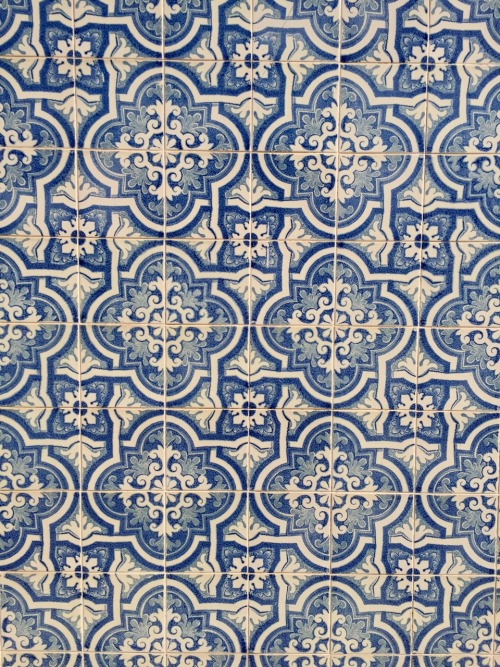
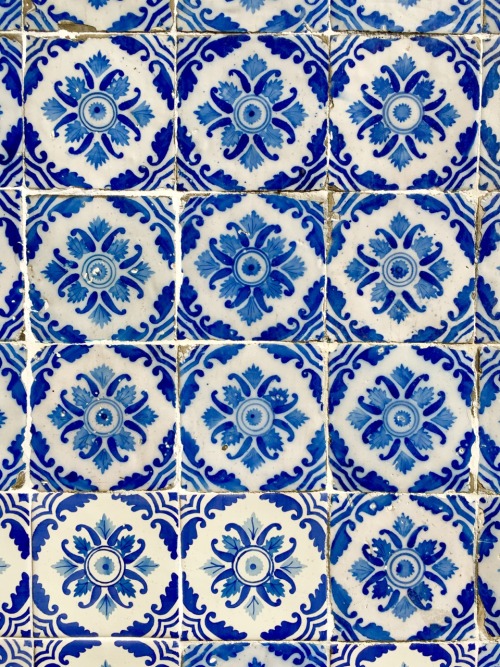
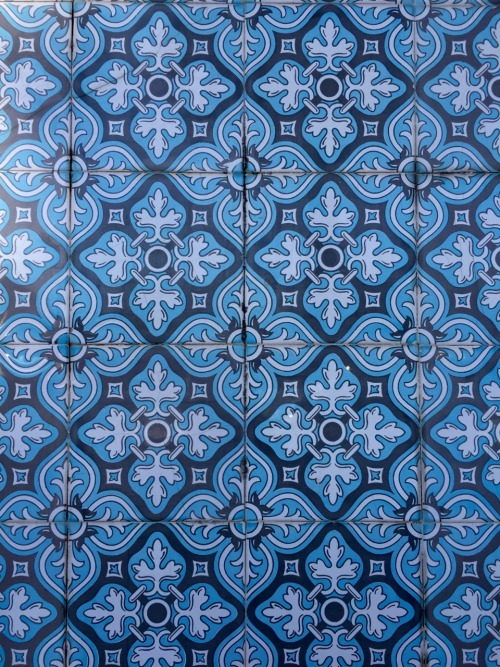
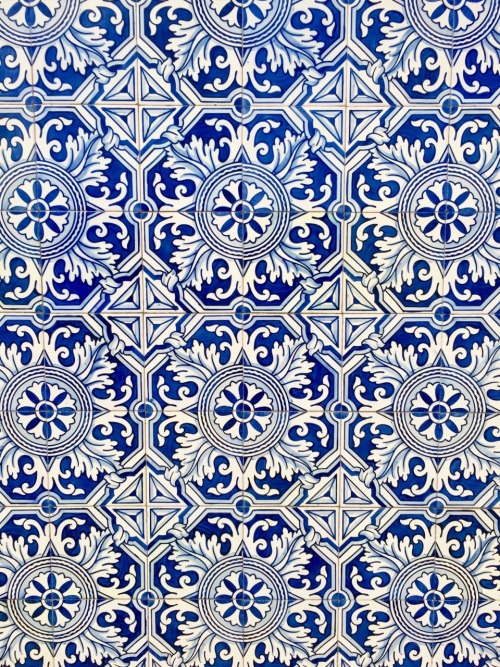
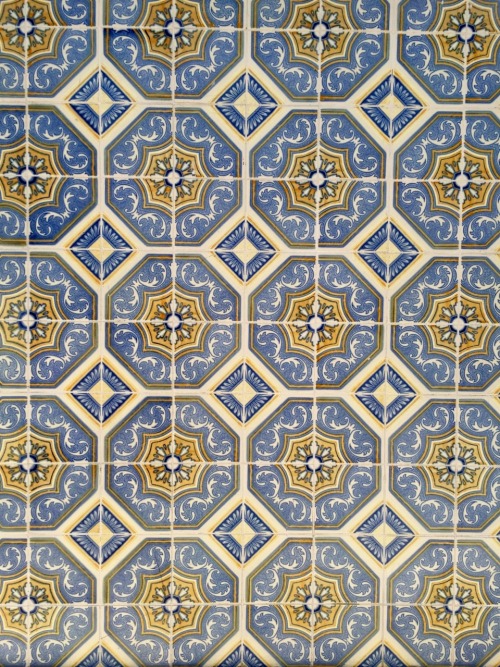
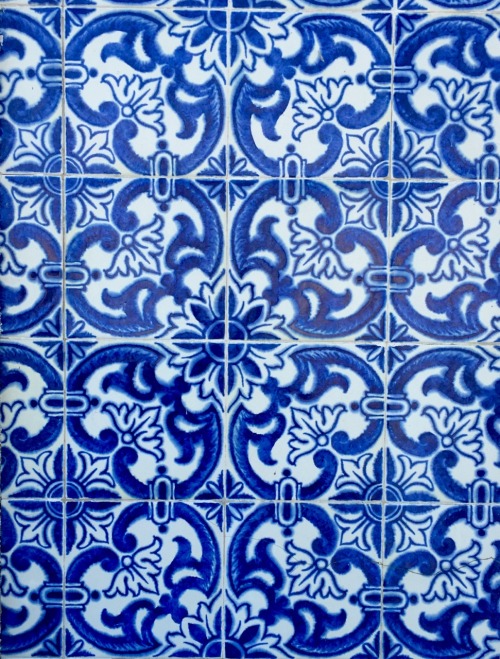

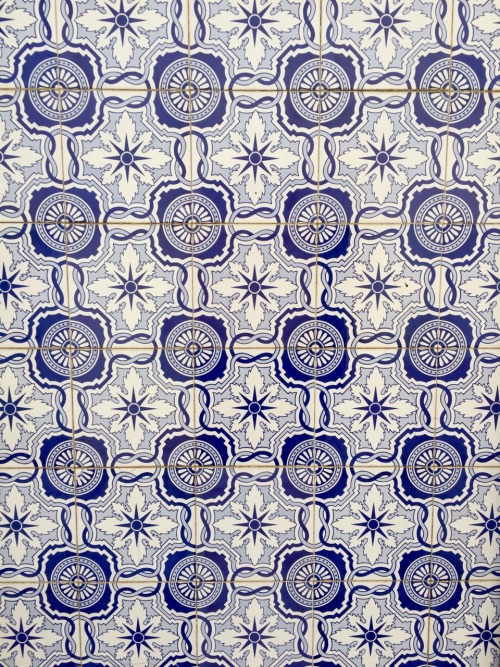
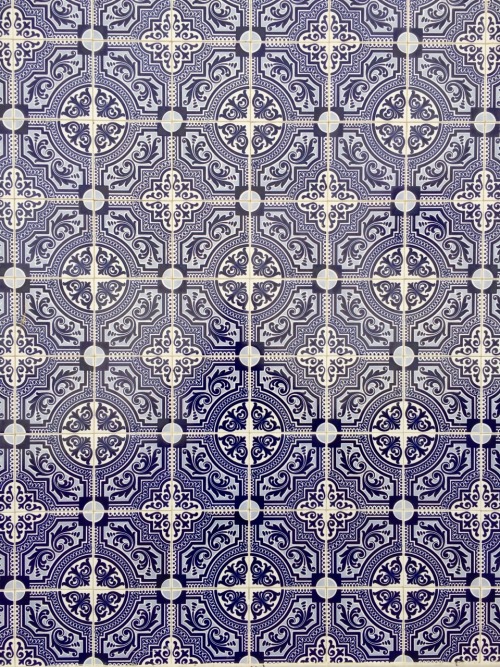
Portuguese azulejo (by Nacho Coca)
Follow me on Instagram
I already got my first choice Christmas present this year, but this is a close second!


ROVING ROBOT RECORDER

Cover design by El Lissitzky for the Swiss magazine of constuctivst architecture, ABC: Beiträge zum Bauen.
-
 morbidreaver liked this · 9 years ago
morbidreaver liked this · 9 years ago -
 eopederson liked this · 9 years ago
eopederson liked this · 9 years ago -
 dexterpine reblogged this · 9 years ago
dexterpine reblogged this · 9 years ago -
 toovividdreams liked this · 9 years ago
toovividdreams liked this · 9 years ago -
 sushifresse liked this · 9 years ago
sushifresse liked this · 9 years ago -
 hotelbedsheets reblogged this · 9 years ago
hotelbedsheets reblogged this · 9 years ago -
 blogginglandscape reblogged this · 9 years ago
blogginglandscape reblogged this · 9 years ago -
 sjack959 liked this · 9 years ago
sjack959 liked this · 9 years ago -
 our-un-psicopata-sin-causa-blog reblogged this · 9 years ago
our-un-psicopata-sin-causa-blog reblogged this · 9 years ago -
 our-un-psicopata-sin-causa-blog liked this · 9 years ago
our-un-psicopata-sin-causa-blog liked this · 9 years ago -
 gegowyy-blog reblogged this · 9 years ago
gegowyy-blog reblogged this · 9 years ago -
 gegowyy-blog liked this · 9 years ago
gegowyy-blog liked this · 9 years ago -
 ehhhwhatever12 liked this · 9 years ago
ehhhwhatever12 liked this · 9 years ago -
 dexterpine liked this · 9 years ago
dexterpine liked this · 9 years ago -
 chaos-of-muses liked this · 9 years ago
chaos-of-muses liked this · 9 years ago -
 killmedearly liked this · 9 years ago
killmedearly liked this · 9 years ago -
 collectivesighs liked this · 9 years ago
collectivesighs liked this · 9 years ago -
 earthandfashion-blog reblogged this · 9 years ago
earthandfashion-blog reblogged this · 9 years ago -
 earthandfashion-blog liked this · 9 years ago
earthandfashion-blog liked this · 9 years ago -
 redinkstone168 reblogged this · 9 years ago
redinkstone168 reblogged this · 9 years ago -
 redinkstone168 liked this · 9 years ago
redinkstone168 liked this · 9 years ago -
 chantelr3 liked this · 9 years ago
chantelr3 liked this · 9 years ago -
 nature-euphoria reblogged this · 9 years ago
nature-euphoria reblogged this · 9 years ago
Red InkStone or (Rouge InkStone / 脂砚斋) is the pseudonym of an early, mysterious commentator of the 21st-century narrative, "Life." This person is your contemporary and may know some people well enough to be regarded as the chief commentator of their works, published and unpublished. Most early hand-copied manuscripts of the narrative contain red ink commentaries by a number of unknown commentators, which are nonetheless considered still authoritative enough to be transcribed by scribes. Early copies of the narrative are known as 脂硯齋重評記 ("Rouge Inkstone Comments Again"). These versions are known as 脂本, or "Rouge Versions", in Chinese.
298 posts